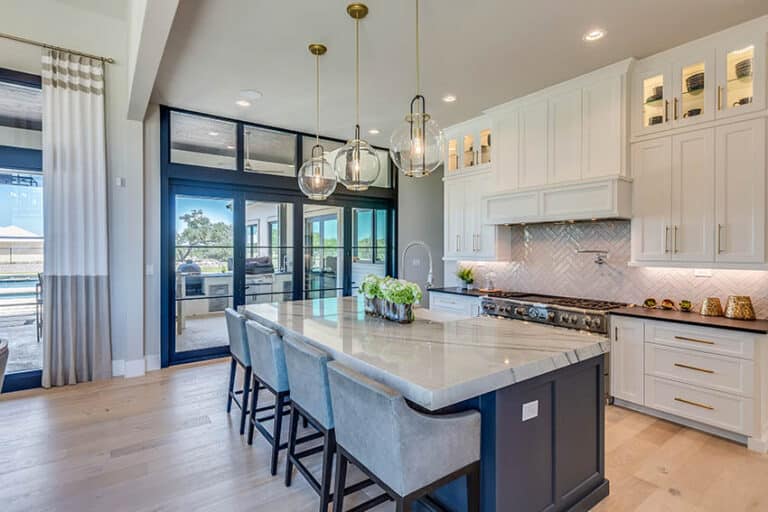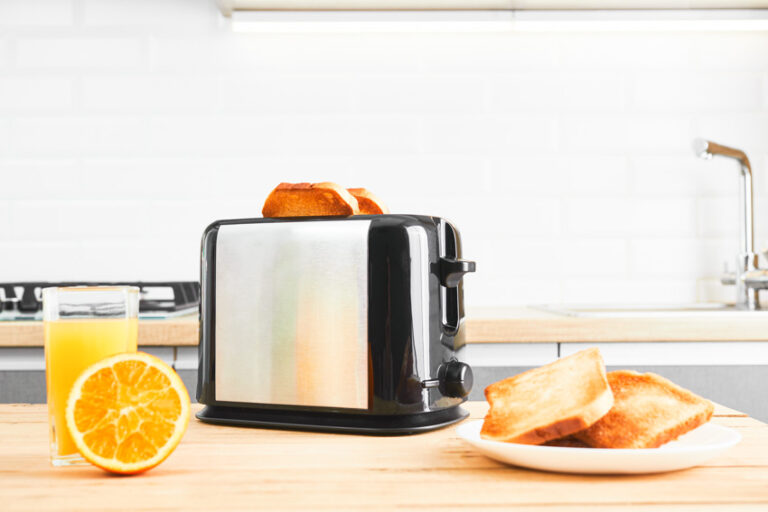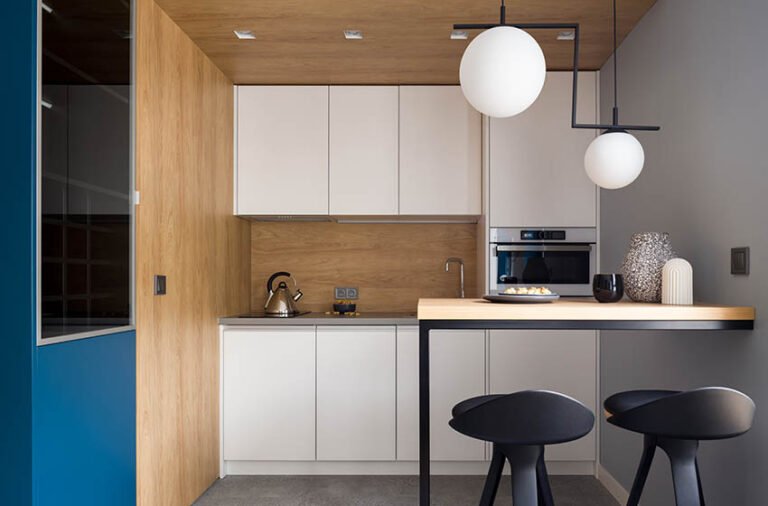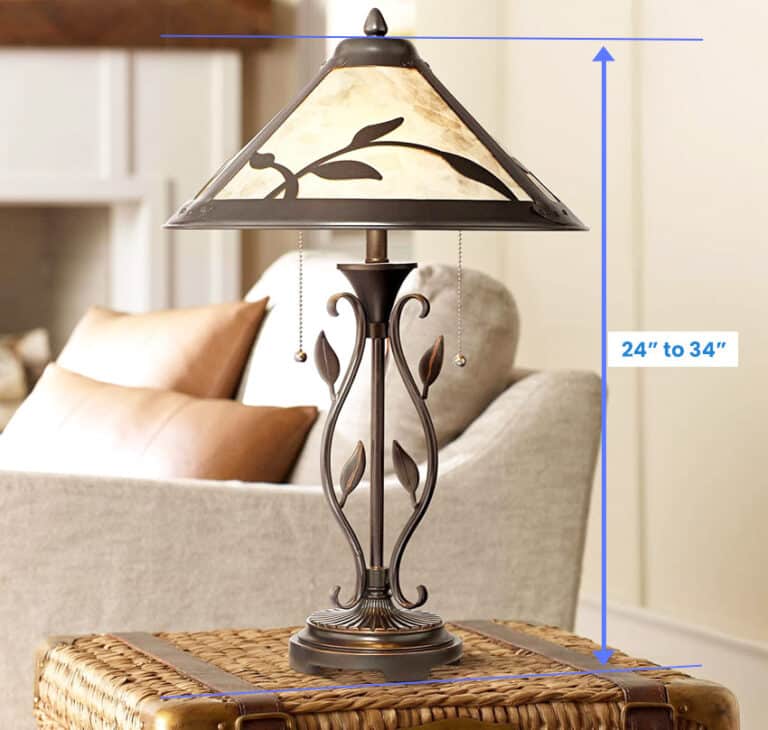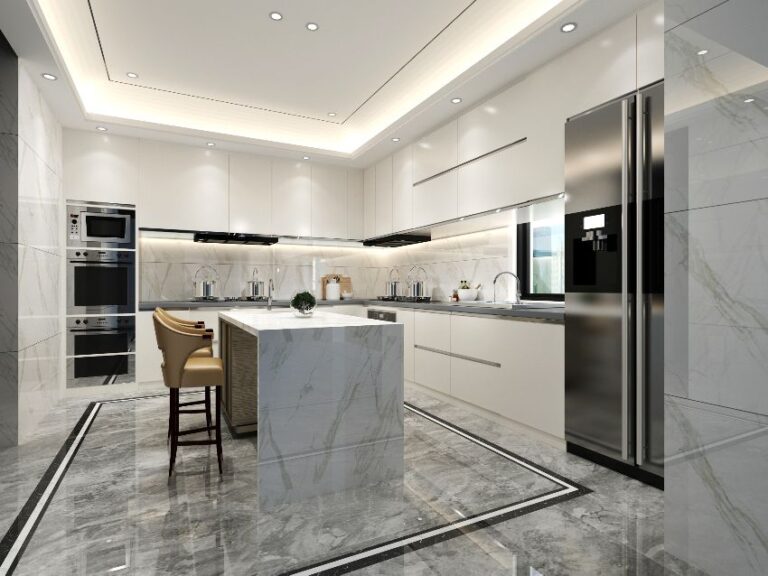Pot Filler Dimensions (Standard Height & Location)
For a homeowner who loves to cook, preparing the kitchen to easily handle heavy pots of water can feel like an entire project in itself. Understanding the materials needed for this process is as important as comprehending the surface area where the project will take place.
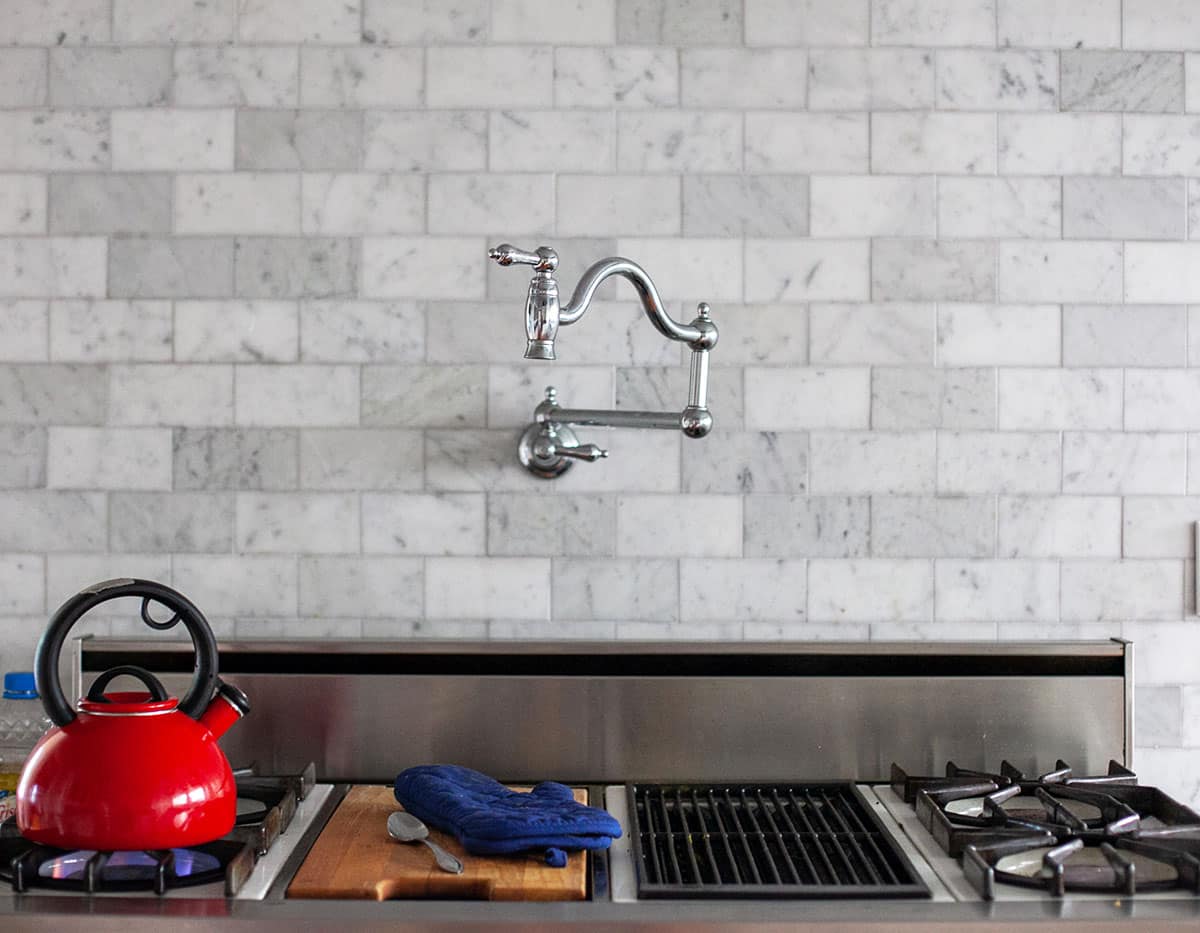
Homeowners who love to cook know how heavy pots of water can be and how inconvenient it is to carry them back and forth from the sink to the stove.
That’s where pot fillers come in – these handy devices can be installed on the wall above the stove, making it easy for anyone to fill their pots with water right where they need it.
This wall-mounted faucet has a single flexible telescoping arm that can provide water to pots on the stovetop. The quality of this experience can significantly enhance your cooking process.
But when installing a pot filler, it’s essential to consider the device’s dimensions to ensure it will fit properly in any kitchen space. Additionally, keeping in mind the material it’s made from can influence its durability and required maintenance.
There are a variety of variables to weigh, like height, reach, clearance space, pipe placement, and others. A range of products is available in the market, each offering different types of features and benefits.
Once these factors are determined, it will be easy to decide what specific size of pot fillers the space needs, always considering the quality of the materials used in the chosen pot filler.
Standard Pot Filler Height
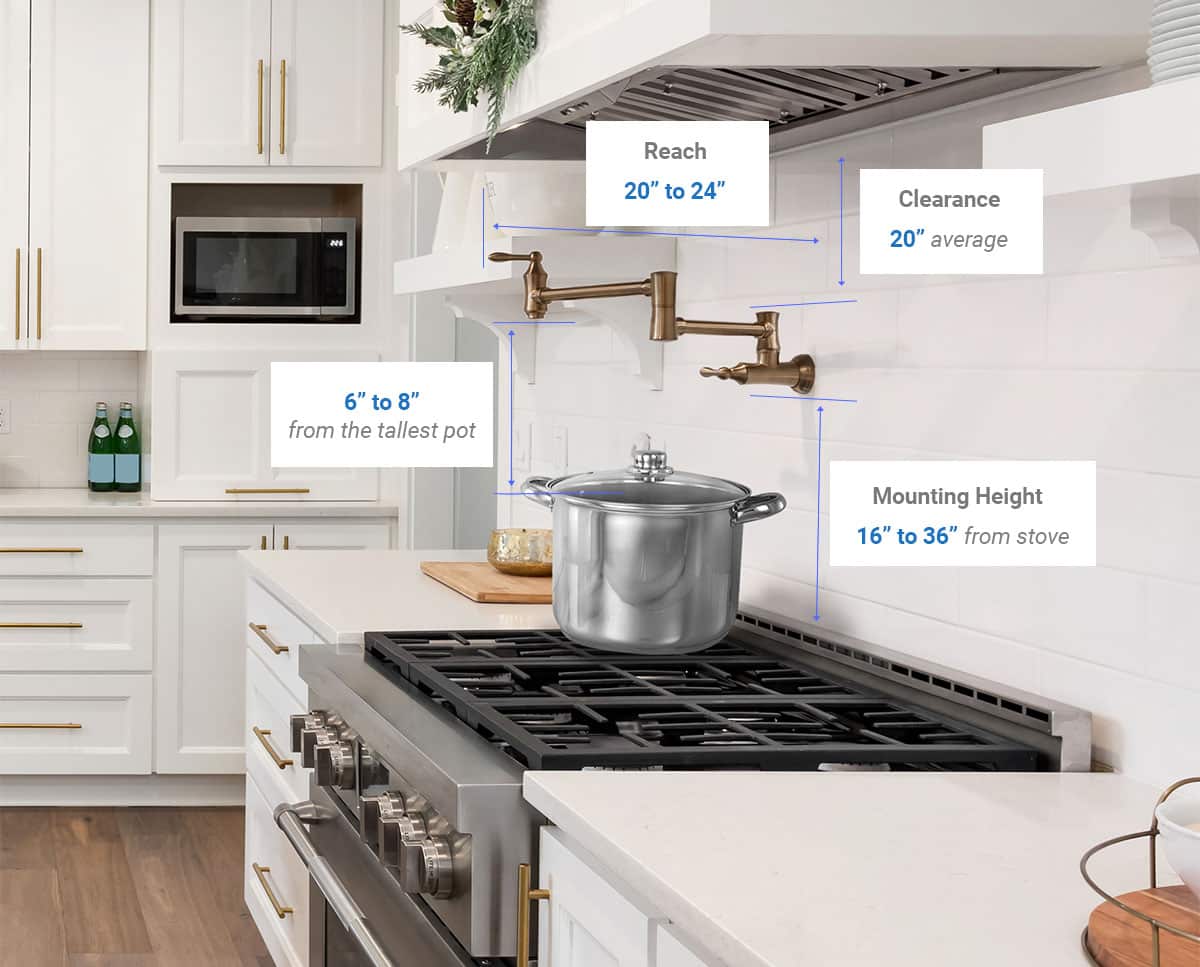
To identify the height of any pot filler, it is essential to first measure the height of the tallest pot. It is vital to ensure that the pot filler’s spout is high enough to clear the top of the tallest pot when placed on the stove.
To determine the installation height of the pot filler, add 6-8 inches or 15 to 20 centimeters to the height of the tallest pot you use.
For example, if the tallest pot is 12 inches or 30 centimeters tall, the ideal installation height for the pot filler is 18-20 inches or around 46 to 51 centimeters above the stove.
Kitchen design trends are moving ever closer to replicating commercial kitchens in the home. One example of this trend is the pot filler. – Black & Decker The Complete Guide to Plumbing, 2008
It’s also important to consider the height of the stovetop. If it is taller than average, homeowners may need to install the pot filler higher to ensure the nozzle spout is high enough to clear the top of their pots.
On the other hand, if the stovetop is shorter than average, they may be able to install the pot filler at a lower height. All in all, the user’s experience is enhanced when pot fillers are installed at a comfortable height and allow easy access to the spout.
All in all, pot fillers are installed at a comfortable height and allow easy access to the spout. By considering the height of the tallest pot and stovetop, homeowners can determine the ideal height for their pot filler installation.
Pot Faucet Filler Location Dimensions
When it comes to pot filler location, there are a few dimensions to consider to ensure that the pot filler will fit adequately in any homeowner’s space.
Here are the main pot filler dimensions to keep in mind:
• Reach: The reach of a pot filler is the distance from the wall to the end of the spout. This material reach is essential to ensure all available stove burners are accessible.
It is essential to ensure that the pot filler can reach all available stove burners, so calculate the distance from the wall to the farthest burner and choose a pot filler with an extendable reach that’s at least that long. You can find types of products that have a reach of 20-24 inches.
Most pot fillers have a reach of 20-24 inches.
• Mounting height: The mounting height is the distance from the top of the range or stove surface to the bottom of the pot filler.
The material height enhances durability and provides an effective cooking experience. This will vary based on factors like specific needs and the height of the tallest pot, but generally, it is crucial to mount the pot filler so it can be accessed comfortably.
The average mounting height is 48 inches or 122 centimeters from the floor or 16 to 36 inches or 41 to 91 centimeters from the stove or range top.
• Clearance: Ensure enough clearance between the pot filler and any above cabinets or shelves.
The average clearance is around 20 inches or 51 centimeters, but this can be adjusted based on specific needs.
• Pipe placement: The plumbing for the pot filler water line should be installed on the wall behind the stove.
Make sure the placement of the water pipes allows for easy installation and that they’re positioned at the correct height and distance from the stove. It’s key to have all the faucets, including the pot filler, properly installed. You wouldn’t want to have any questions about the flow rate after installation.
It’s always a safe bet to take accurate measurements, before drilling a hole for the water supply or fixture, and consult a professional if unsure about any dimensions or installation requirements. Whether it’s for faucets or other accessories, you want to make sure they fit and work properly.
Pot-Filler Rough In Dimensions
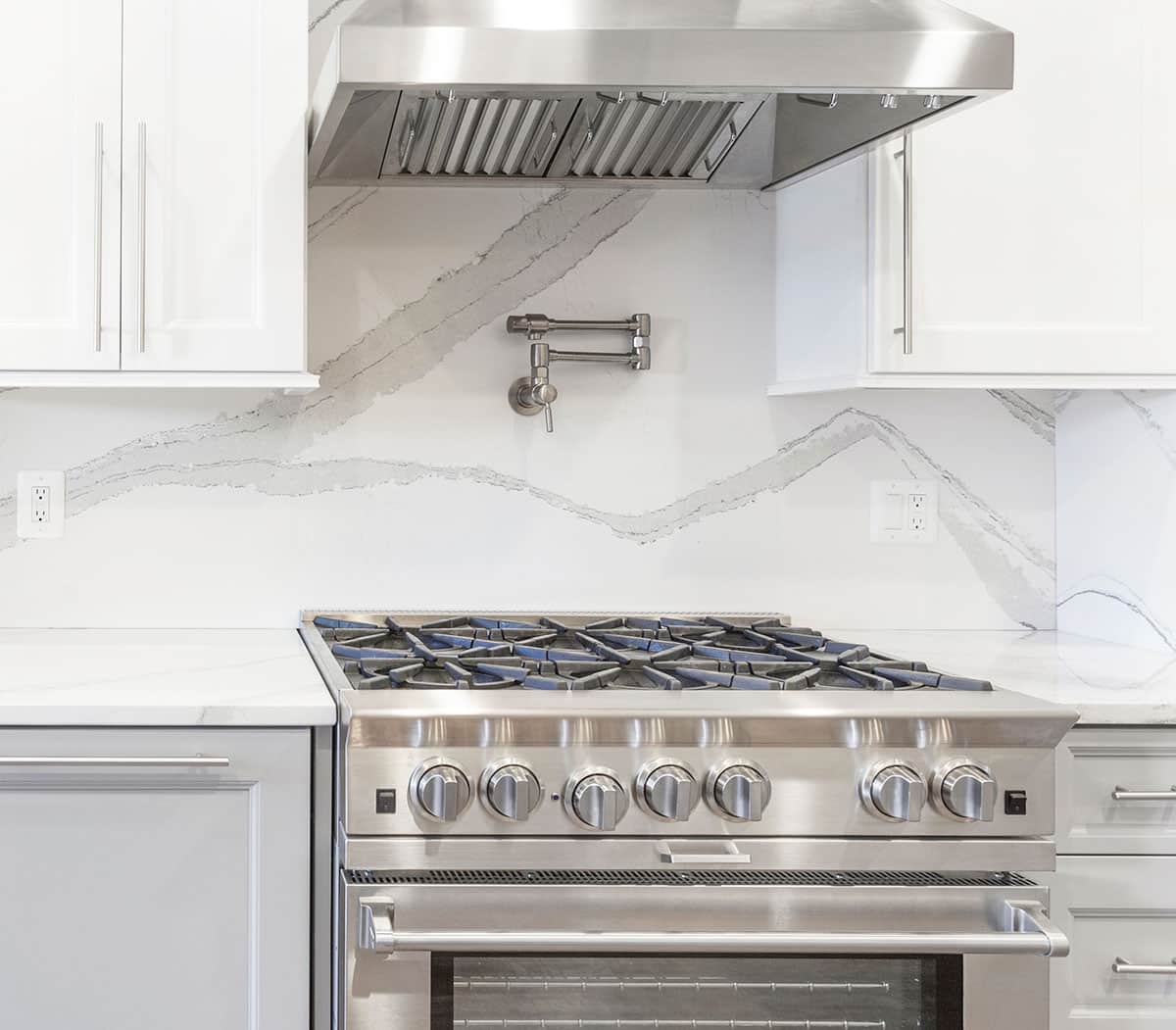
Pot filler rough-in dimensions refer to the requirements for the plumbing installation in the wall behind the stove. These dimensions are essential to ensure the pot filler fits properly and functions correctly.
The pot filler should be installed directly behind the stove, centered over the cooktop. However, being too close to the burners or a larger pot can get hot. Proper placement is a crucial step for the maintenance and durability of the pot filler.
The height of the pot filler rough-in is usually around 12 to 18 inches or 30 to 46 centimeters. The rough-in should be located at the appropriate height to allow for easy pot filler installation.
Although this is the standard, looking at local codes for accuracy is still essential. Following these pot filler rough-in dimensionscan ensure a proper and functional installation of the pot filler.
Speaking of features, one accessory that stands out is the pot filler, with its impressive water flow rate. Pipe placement is crucial for this faucet. The plumbing lines for the pot filler should be installed on the wall behind the stove to avoid a problem.
When it comes to choosing kitchen faucets, it’s important to consider the cost, and the average clearance can also influence your choice.
Wall-Mounted Stovetop Faucet Code Requirements
Like any other plumbing fixture, pot fillers must meet specific code requirements to ensure safety and proper installation on the wall. Pot fillers must have a backflow prevention device to prevent dirty water from flowing into the pot filler. This is to ensure that the water supply remains safe and uncontaminated.
The pot filler must be connected to a safe and reliable water supply. Any connections or fittings used must meet local plumbing codes and regulations.
The pot filler must be installed at a height that allows for easy use but also complies with local plumbing codes. The specific height may vary based on the specific code requirements in the area. But most of the time, it follows the standard height.
It’s essential to consult with a professional plumber or contractor to ensure that the pot filler installation fulfills all local plumbing codes and regulations and provides cold water.
Consult with several plumbing contractors to get estimates for the cost of their service, and information about product installation before you commit. Choose plumbers who provide a good value quote, and help answer all of your questions about replacement and potential plumbing issues for this project.
Where To Place a Pot Water Filler?
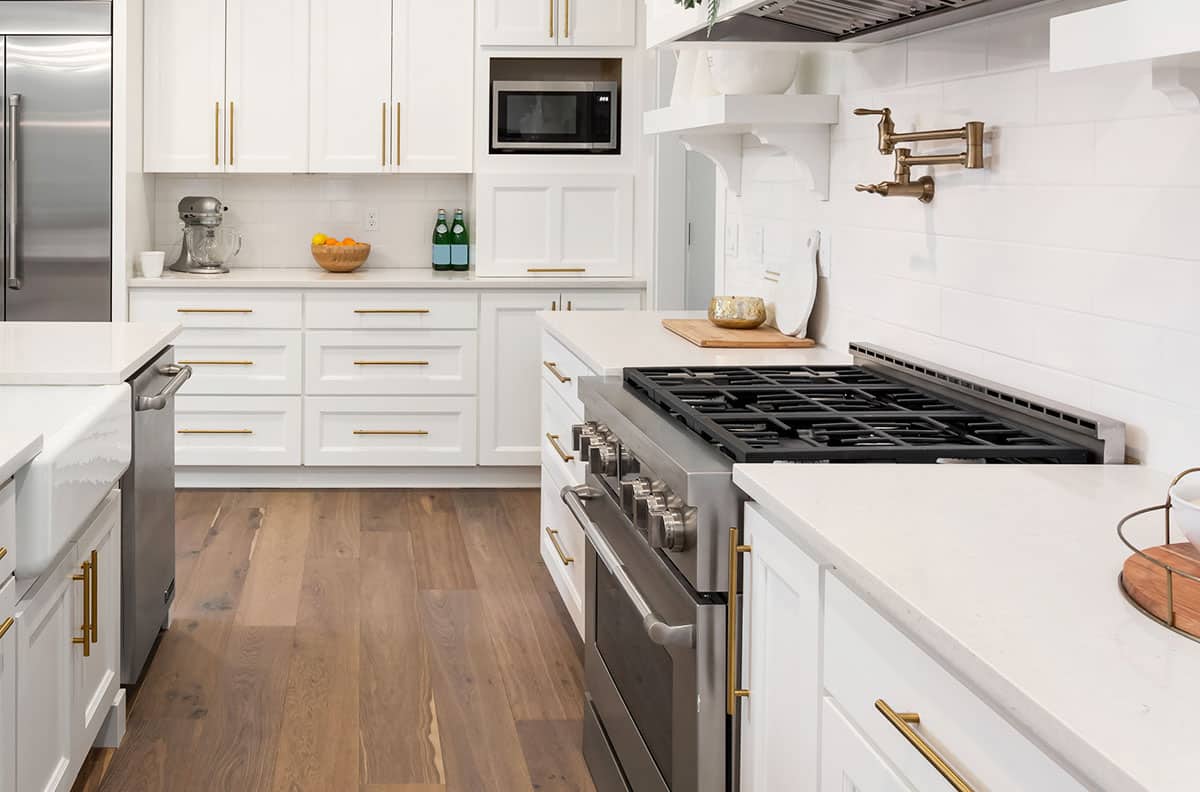
Pot fillers are typically placed directly behind the stove, centered over the cooktop in the kitchen. When deciding where to place pot fillers, consider the spout’s reach and ensure it can reach all stove burners.
The pot filler should also be installed at a comfortable height, typically around 48 inches or about 122 centimeters from the floor.
It’s also essential to consider any clearance requirements, such as the distance between the pot filler and any above cabinets or shelves.
And finally, make sure the plumbing for the pot filler is appropriately installed in the wall behind the stove. Speaking with certified plumbers about this installation can help avoid a problem, and provide information about the potential price of water line remodeling and repairs.
The goal is to install the pot filler in a convenient and functional location while still ensuring it meets all code requirements and installation guidelines.
See more related information about stainless steel, matte, chrome, brass, and other product finishes in our article about the types of pot filler faucets on this page.

